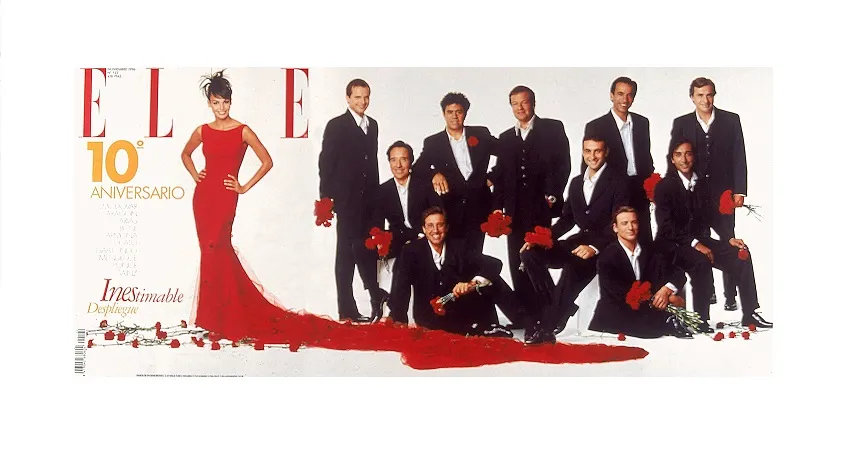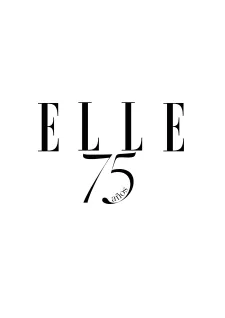ELLE. 75 Years loving women
Through this exhibition, ELLE is honouring all those women who have dreamed, journeyed and grown up with the magazine since its inception, 75 years ago. They all share universal values that bind them to one another, regardless of nationality, age or race. They are all positive, committed, supernatural, independent, chic, passionate, daring, creative, influential, sensitive and timeless. They have all espoused a certain way of looking at the world and they form a community without borders that shares the same codes of love for fashion and for the joy of living. Welcome to the world of ELLE.
21 November 1945 Paris emerges from World War II and embraces freedom once again. French women attain the right to vote and go to the polls. At this historic moment in time, ELLE comes into being. Its founder, Hélène Lazareff, the grande dame of international journalism, creates a weekly full-colour magazine that addresses modern women with an underlying tone of “seriousness in frivolity and irony in graveness”. Her goal is to give them a voice, listen to their fears, and advance their aspirations. She opens the doors of fashion, beauty and culture to them, and she encourages them to take their place in the world. She strives to educate the reader to be strong, independent and chic. By surrounding herself with writers who dare to tackle controversial issues she turns the publication into a veritable phenomenon. It becomes a reference for every household in France and indeed throughout the world. “Si elle lit, elle lit ELLE”. “If she reads, she reads ELLE” becomes the catchphrase of the day.
1950-1960 ELLE discovers, supports and accompanies the great designers who are intent on turning this decade into the golden era of French fashion, from Christian Dior to Gabrielle Chanel, Cristóbal Balenciaga, Hubert de Givenchy or Pierre Balmain. High society lets its hair down at grand balls, fancy dress parties and trips to the Côte d'Azur. At the same time, the journal brings haute couture closer to its readers.
1960-1970 If fashion in the 1950s followed the dictate of the elite, in the 1960s it obeys the street. And ELLE isn’t slow to grasp l'air du temps, the spirit of the moment, and to live the revolution of women. The magazine’s covers are graced by the likes of Twiggy or Françoise Hardy, symbols of the changes that followed in the wake of the swinging sixties, with music as a unifying force for young people.
1970-1980 Photographers are also in the spotlight: Peter Knapp, Hans Feurer, Oliviero Toscani and Gilles Bensimon portray the freedom that characterises these years, capturing it on the pages of the magazine with colourful, ground-breaking, funny and daring images.
1980-1990 The decade of the supermodels begins and the vast majority of them are discovered by ELLE: Claudia Schiffer, Naomi Campbell, Carla Bruni and Elle Macpherson begin their careers in some of the publication’s most legendary fashion editorials.
1985 ELLE disembarks in the US and UK and begins its international journey. Today it is the world's best-selling fashion magazine, with 45 editions and 46 websites, and more than 23 million readers.
1986 October sees the first issue of the Spanish edition of ELLE with a stunning cover graced by model Stephanie Seymour. Over more than three decades, the magazine has made fashion more democratic, championed feminism, stirred consciences and broken down barriers. From its very beginning, it has been able to create unique stories and set its own unique style with a friendly, fresh and positive tone.
November 2020 75 years later, ELLE’s mission remains the same: to stand beside women, encourage their talent, applaud their successes, amplify their struggles and encourage them to pursue their dreams.



